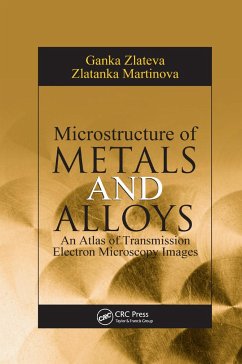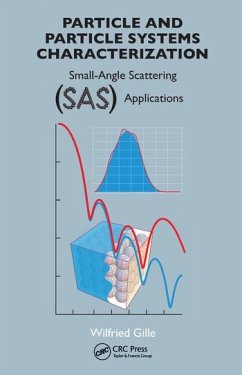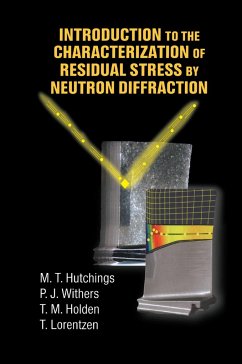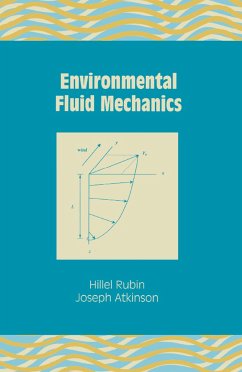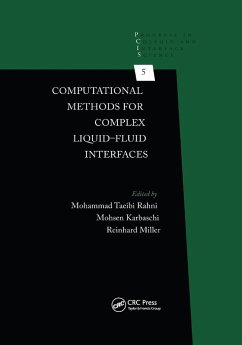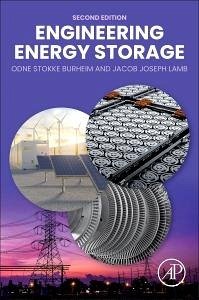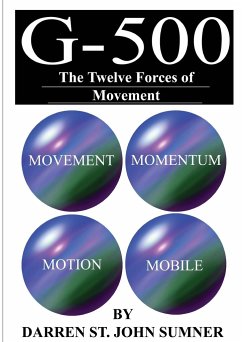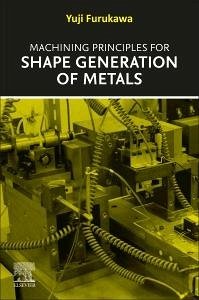
Machining Principles for Shape Generation of Metals

PAYBACK Punkte
101 °P sammeln!
Machining Principles for Shape Generation of Metals explains the basics of machining techniques and metal cutting, as well as the Laplace transform and how it can be applied to understand complex machining processes. The book provides an overview of all machining processes from a geometric perspective, with an emphasis on producing superior parts. Mechanics, vibration control, processing mechanics, thermal deformation, and numerical control principles for metal cutting are each reviewed, with details on the principle of cutting away, forced and self-excited vibration, and the physical properti...
Machining Principles for Shape Generation of Metals explains the basics of machining techniques and metal cutting, as well as the Laplace transform and how it can be applied to understand complex machining processes. The book provides an overview of all machining processes from a geometric perspective, with an emphasis on producing superior parts. Mechanics, vibration control, processing mechanics, thermal deformation, and numerical control principles for metal cutting are each reviewed, with details on the principle of cutting away, forced and self-excited vibration, and the physical properties of workpiece and tool materials. Common questions and answers are provided throughout the book to reinforce learning of key concepts.




